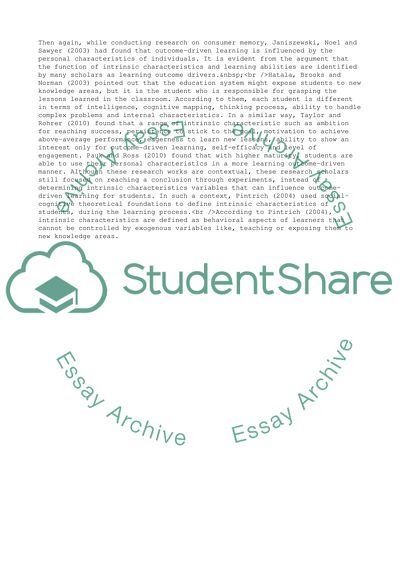Cite this document
(Identifying Key Factors Affecting Degree Outcome for Students Literature review Example | Topics and Well Written Essays - 1500 words, n.d.)
Identifying Key Factors Affecting Degree Outcome for Students Literature review Example | Topics and Well Written Essays - 1500 words. https://studentshare.org/business/1814074-research-in-business-and-management
Identifying Key Factors Affecting Degree Outcome for Students Literature review Example | Topics and Well Written Essays - 1500 words. https://studentshare.org/business/1814074-research-in-business-and-management
(Identifying Key Factors Affecting Degree Outcome for Students Literature Review Example | Topics and Well Written Essays - 1500 Words)
Identifying Key Factors Affecting Degree Outcome for Students Literature Review Example | Topics and Well Written Essays - 1500 Words. https://studentshare.org/business/1814074-research-in-business-and-management.
Identifying Key Factors Affecting Degree Outcome for Students Literature Review Example | Topics and Well Written Essays - 1500 Words. https://studentshare.org/business/1814074-research-in-business-and-management.
“Identifying Key Factors Affecting Degree Outcome for Students Literature Review Example | Topics and Well Written Essays - 1500 Words”. https://studentshare.org/business/1814074-research-in-business-and-management.


